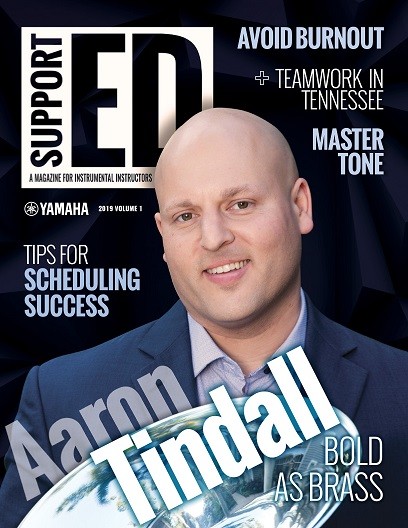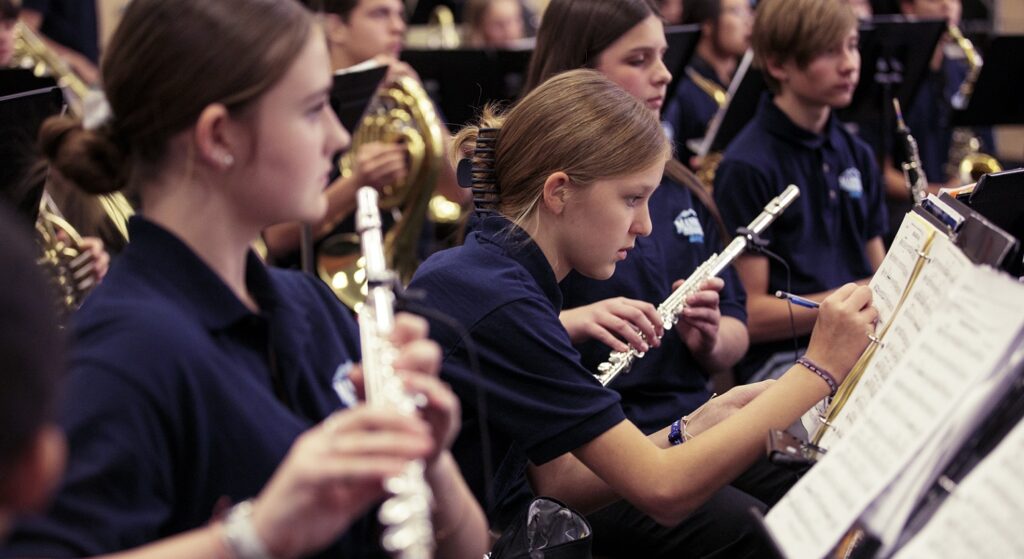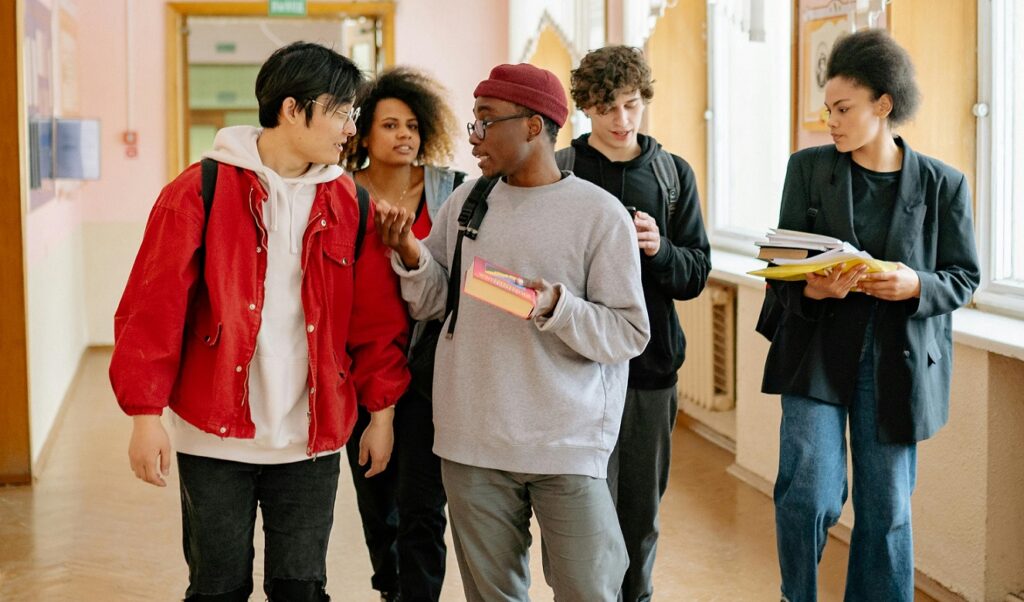Master the Master Schedule
A big-picture approach and careful planning can help you control the destiny of your music program.
As music teachers, we often focus on the aspects of program development that we can directly control — what and how we teach. We consider the value or danger of starting strings students using tapes, whether or not the French embouchure truly eliminates biting on the clarinet, when and how solfège should be introduced, and why every or no brass player should employ free-buzzing exercises.
However, the key to building a successful fine arts program also lies in the hands of the oft-overlooked counselors and master scheduler, who likely have no feelings whatsoever on the merits of the Eastman versus Traditional counting systems.
The manner in which your school’s master schedule is devised and how individual students are assigned their personal schedules within this system can make a tremendous difference in the level of success that your students can achieve. When speaking with educators about their scheduling challenges, I often find a mix of fatigue and resignation. However, there are some simple and effective steps you can take to schedule for success.
Start with the Arts
First, I recommend that you begin where you have the most influence — meet with your colleagues in the fine arts department to ensure that the band, choir, orchestra, theater, dance and art programs are not scheduling at cross purposes.
Does your varsity orchestra meet during the same period as varsity theater? Are students often forced to choose between enrolling in advanced studio art or varsity band because they meet at the same time each year?
Work together as a department to devise a schedule that emphasizes student choice, facility utilization and conflict-free scheduling. The challenging “give and take” that will certainly take place will be worth it because you will design an arts department schedule that solves problems instead of causing them. Plus, you will help create a more unified and stronger fine arts department overall.
Bring your unified plan to the master scheduler for review and feedback. You will be shocked at the positive impact this planning will have on your relationship with campus schedulers.
Advocate, Not Aggravate
A school’s primary goal is to successfully graduate students. In fulfilling this goal, the master scheduler and the counselors have some of the most important and thankless responsibilities in any school system. Therefore, make sure your relationship with the schedulers involve advocacy, not acrimony.
Ask to meet and learn about their process, what deadlines they face, and what changes or tweaks to your audition/placement procedures can make their jobs easier.
Find out which periods house classes such as Advanced Placement courses that have only one available section. Avoid scheduling varsity classes during these periods.
Succeed within the System
At some campuses, devising the master schedule is the job of a single individual who works out the details by hand or on a spreadsheet. At larger campuses, the master schedule is often calculated by software or a Student Information System (SIS).
When meeting with your scheduler, ask how your program’s scheduling needs fit into the way the software works. For example, if you have audition or placement information that will affect or change a student’s master schedule, find out if the software requires certain data (such as student ID number, local course number or section number) in order to set up a student’s schedule. Then make sure that whatever audition or placement results you provide the scheduler clearly includes that data.
I also recommend using the same spreadsheet template across all fine arts programs for audition results or schedule placements for consistency within the department. Ask your master scheduler if there is a particular format he or she prefers. Placing this data in an easily understandable spreadsheet template allows the scheduler to filter the data by student, course code and more. The earlier and more clearly you communicate the audition/placement information, the more success you will have with scheduling!
This article originally appeared in the 2019 V1 issue of Yamaha SupportED. To see more back issues, find out about Yamaha resources for music educators, or sign up to be notified when the next issue is available, click here.
















